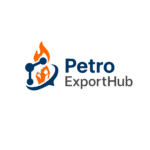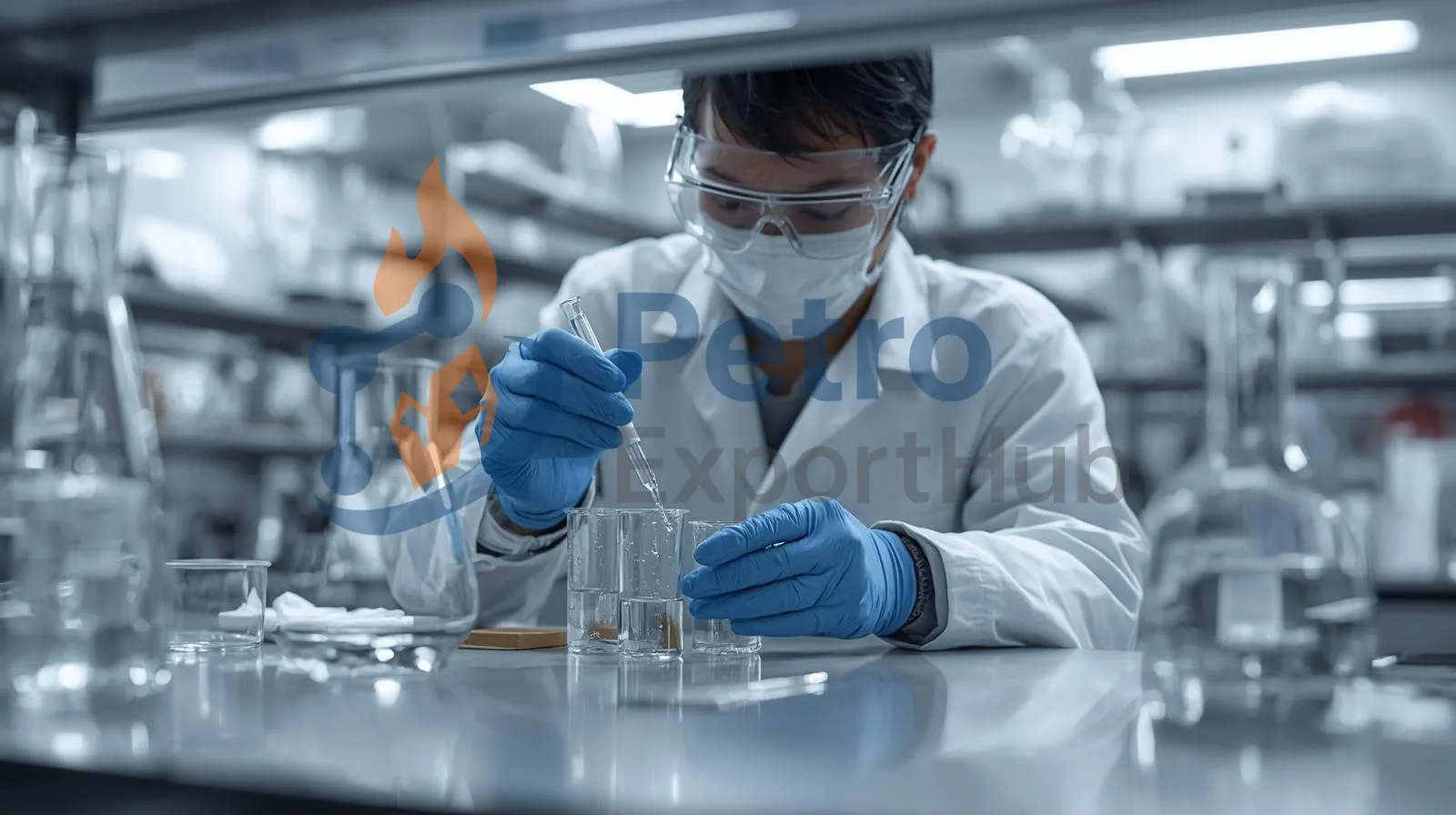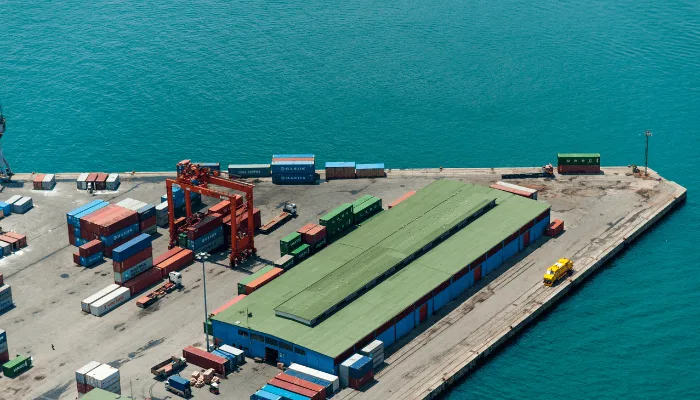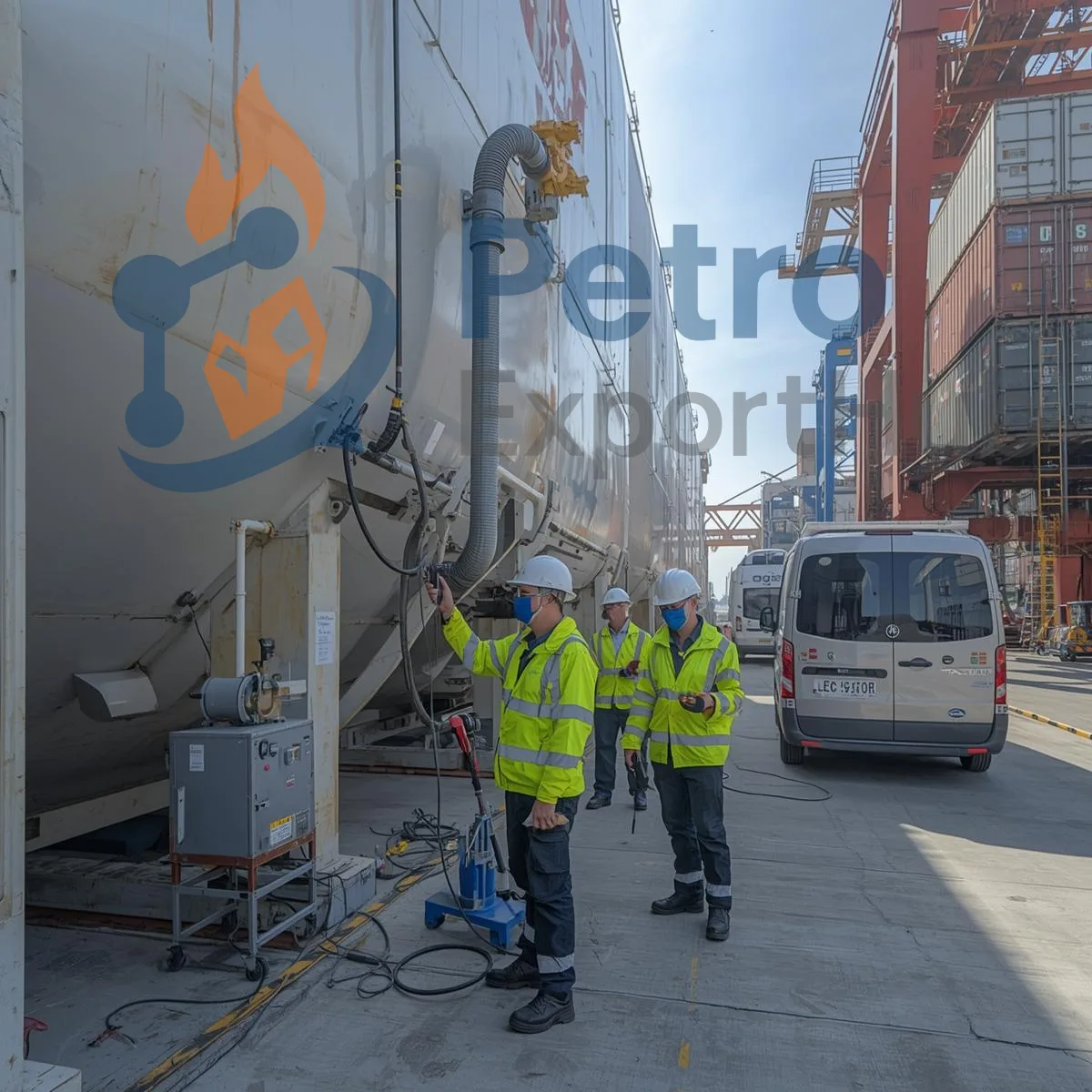
How Buyers Can Verify MEG Quality: Testing Methods and Specifications
Introduction
For industries that rely on Mono Ethylene Glycol (MEG)—including textiles, antifreeze, and packaging—the quality of the chemical determines the performance and safety of the end product. Poor-quality MEG can lead to production inefficiencies, equipment damage, or product failure. That’s why buyers must know how to properly test and verify MEG quality before finalizing any deal with a monoethylene glycol supplier. In addition, keeping an eye on monoethylene glycol price fluctuations helps ensure that buyers receive fair value for consistent quality.
Why MEG Quality Matters
Performance Consistency – Impurities can reduce MEG’s effectiveness in applications like coolants or polyester manufacturing.
Safety Assurance – Substandard MEG may introduce risks in sensitive industries such as food packaging.
Cost Efficiency – Higher-purity MEG reduces production waste, saving money even if monoethylene glycol price is slightly higher.
Regulatory Compliance – Global markets, especially in Europe and the U.S., demand strict adherence to chemical quality standards.
Key Testing Methods for MEG
Purity Analysis (GC Testing)
Gas Chromatography (GC) is used to measure MEG purity and detect trace contaminants like diethylene glycol (DEG).
A high-quality MEG should have purity levels above 99%, which top monoethylene glycol suppliers provide.
Moisture Content Measurement
Karl Fischer titration is the standard method.
Excess water lowers MEG’s performance in antifreeze and industrial resins.
Density and Viscosity Tests
Confirm whether the MEG batch matches the technical specifications provided by the supplier.
Buyers should compare results with the product data sheet (PDS) from their monoethylene glycol supplier.
Color and Clarity Check
High-quality MEG is clear and colorless.
Yellowish or cloudy MEG may indicate impurities or improper storage.
Odor Test
Industrial MEG should have a faint, sweet odor. Strong odors may point to contamination.
MEG Specifications Buyers Should Verify
| Specification | Standard Range | Why It Matters |
|---|---|---|
| Purity | ≥ 99% | Ensures consistent industrial performance |
| Water Content | ≤ 0.2% | Reduces risk of corrosion or product failure |
| Color (Pt-Co Scale) | ≤ 5 | Indicates proper refining and storage |
| Density (20°C) | 1.115 – 1.117 g/cm³ | Confirms product authenticity |
| Diethylene Glycol (DEG) | ≤ 0.1% | High levels can cause safety concerns |
Buyer Best Practices
Request COA (Certificate of Analysis): Always demand a COA from your monoethylene glycol supplier to confirm lab testing.
Conduct Third-Party Testing: For large-volume contracts, an independent lab analysis ensures the MEG meets specifications.
Benchmark Pricing: Compare quality against monoethylene glycol price in different regions to assess whether a lower price is tied to compromised quality.
Inspect Storage and Packaging: MEG must be stored in clean, dry containers to prevent contamination.
Future Outlook
As industries push for higher sustainability and quality assurance, MEG testing will become more standardized worldwide. Buyers will increasingly expect suppliers not only to maintain strict specifications but also to provide transparent documentation. Trusted monoethylene glycol suppliers that maintain stable quality will gain a competitive edge, even if their monoethylene glycol price is slightly higher than the market average.
Ensuring MEG quality is crucial for industries ranging from textiles to antifreeze production. Buyers should verify purity, moisture content, and clarity through advanced testing methods. A reliable monoethylene glycol supplier will always provide certificates of analysis to confirm product specifications. Monitoring monoethylene glycol price trends helps buyers strike the right balance between cost and quality. Ultimately, quality verification protects both business operations and long-term supply chain stability.
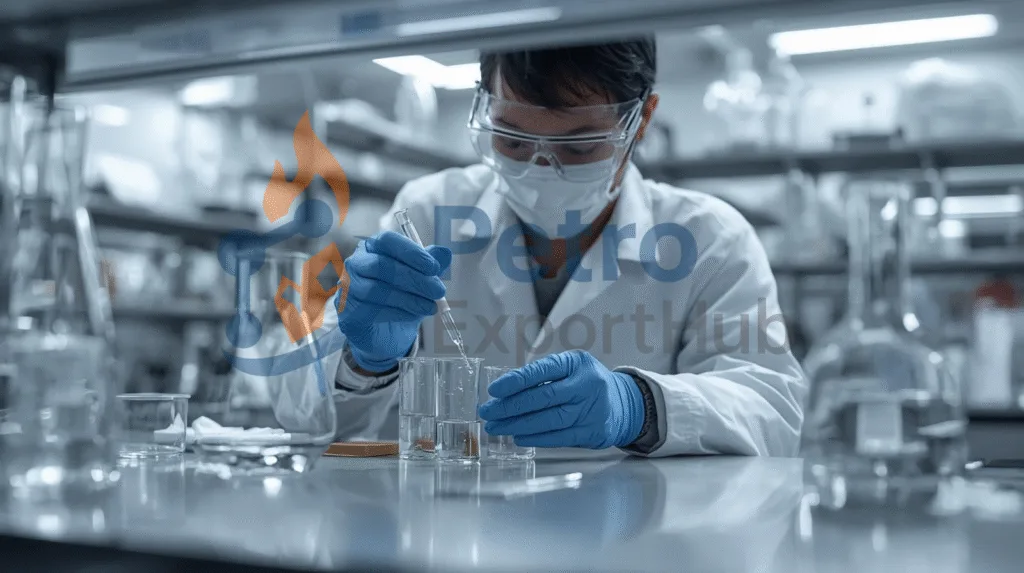
Would you be interested in MEG suppliers in Iran?
- Contact Us today and get connected with producers and export-ready logistics.
- sales@PetroExportHub.com

Related posts
Mono Ethylene Glycol (MEG) serves as a cornerstone for modern antifreeze and coolant formulations, offering reliable freezing protection and heat resi . . .
Explore Solvent 100’s specs, uses, and export opportunities from Iran. Ideal for paint, ink, and adhesive buyers in India, Turkey, UAE, and Africa. . . .
Explore everything you need to know about exporting sulphur from Iran in 2024 — including types, packaging, documents, ports, prices, and top import . . .
Explore Iran’s top ports for petrochemical exports, including Bandar Imam Khomeini, Assaluyeh, and Bandar Abbas. Compare infrastructure, accessibili . . .
Learn the key differences between polypropylene (PP) and polyethylene (PE), their applications, advantages, and how to choose the right polymer for yo . . .
Discover how a Turkish plastics manufacturer reduced costs by 22% through importing HDPE from Iran. Real-world case study by PetroExportHub. . . .
Learn why Iran is a leading exporter of polyethylene (PE). Discover grades, global applications, and how PetroExportHub connects buyers with top suppl . . .
We are here to answer your questions....
Petro Export Hub
PetroExportHub specializes in the export of premium-grade petrochemicals, minerals, and industrial chemicals from Iran, serving international markets with reliability, transparency, and tailored logistics solutions
Tehran Office
Phone:
0214865484 | +989127607241
Address:
Tehran..
China Office
TEL :
0211400
Address:
Zhongzhou Bie Lu, Zhongcheng Street, Yiwu City, Zhejiang Province, China
Quick Access
Quick Access
- Contact Our Sales Team
- Frequently Questions
- Shipping & Logistics
- Become a Partner
- Certificatins & Quality
